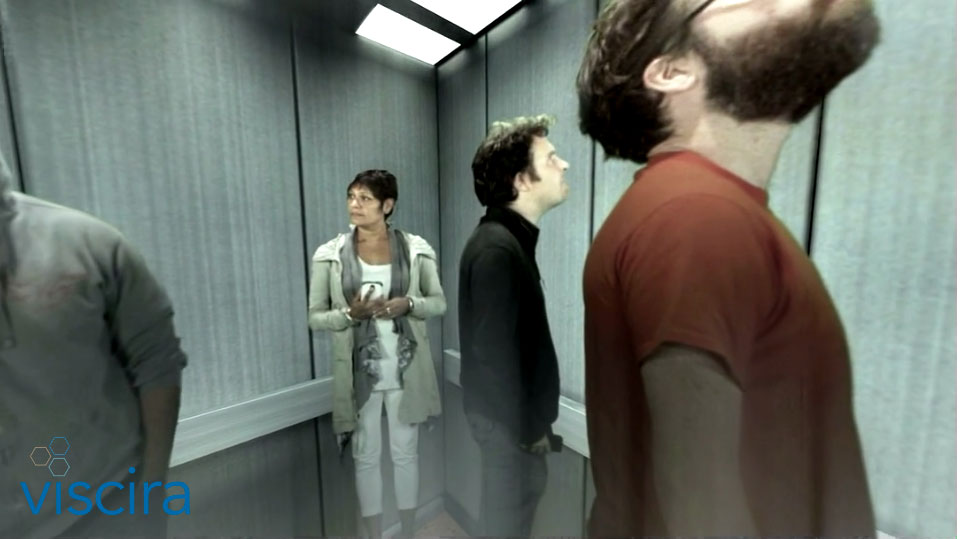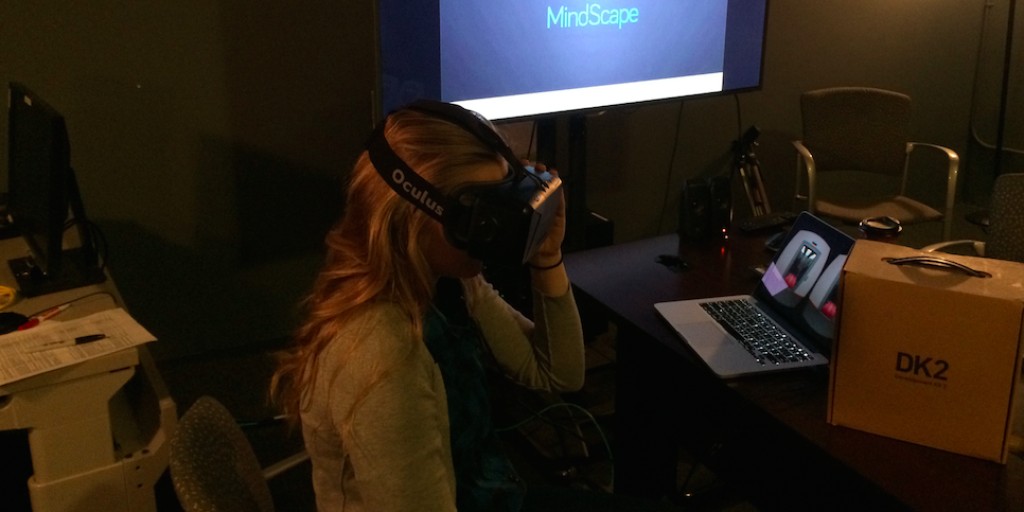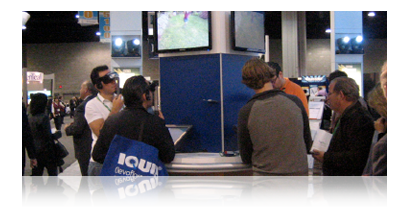Oculus Rift allows you to look at the world through the eyes of a person with schizophrenia
Viscira is working on the Mindscape project: the user, using the Oculus Rift virtual reality glasses, sees the world through the eyes of a person with positive symptoms of schizophrenia. The goal of the project is not the diagnosis or treatment of the disease, but assistance in understanding it, which is necessary for the patient’s family, clinic staff, and students of medical faculties.

Schizophrenia is a mental disorder or a group of disorders associated with the breakdown of thinking processes and emotional reactions. Symptoms of schizophrenia can be divided into positive, or productive, and negative, that is, deficient. The productive ones include delirium, auditory hallucinations and thinking disorders. These symptoms simulate Mindscape. Negative attitudes include reduced brightness of emotions, inability to enjoy and loss of motivation - as long as there is no technical possibility to simulate them in virtual reality.
Journalist Selena Larson described her experience using Mindscape. The software led her to the elevator, where she climbed to the tenth floor in a company with several strangers. While the elevator was moving, Selena began to hear whispers and voices, and people around her began to look at her with anger and disappointment. Selena noted that she knew perfectly well that this was a simulation, but she was so much like reality that she made her feel uncomfortable.
')
Unlike audio and video , showing the life of a person suffering from schizophrenia from the first person, virtual reality glasses allow you to more fully reveal the symptoms and achieve greater realism.
A team of designers and developers worked with Viscira researchers to select a scenario that would reflect a person’s daily life with productive symptoms. The choice fell on a job interview, which is preceded by a not very pleasant trip in a full-service elevator. Viscira employees filmed the video. Their voices were recorded for the sound component of the simulation, these were phrases like "You will fail the interview."

Viscira began working with virtual reality in 2011. The first development in this area was the simulation of age-related malacular degeneration: if the macula, part of the retina, is damaged, lines and objects are distorted, spots appear in the field of view. EyeMac simulation allowed ophthalmologists to feel the disease on themselves.


Schizophrenia is a mental disorder or a group of disorders associated with the breakdown of thinking processes and emotional reactions. Symptoms of schizophrenia can be divided into positive, or productive, and negative, that is, deficient. The productive ones include delirium, auditory hallucinations and thinking disorders. These symptoms simulate Mindscape. Negative attitudes include reduced brightness of emotions, inability to enjoy and loss of motivation - as long as there is no technical possibility to simulate them in virtual reality.
Journalist Selena Larson described her experience using Mindscape. The software led her to the elevator, where she climbed to the tenth floor in a company with several strangers. While the elevator was moving, Selena began to hear whispers and voices, and people around her began to look at her with anger and disappointment. Selena noted that she knew perfectly well that this was a simulation, but she was so much like reality that she made her feel uncomfortable.
')
Unlike audio and video , showing the life of a person suffering from schizophrenia from the first person, virtual reality glasses allow you to more fully reveal the symptoms and achieve greater realism.
A team of designers and developers worked with Viscira researchers to select a scenario that would reflect a person’s daily life with productive symptoms. The choice fell on a job interview, which is preceded by a not very pleasant trip in a full-service elevator. Viscira employees filmed the video. Their voices were recorded for the sound component of the simulation, these were phrases like "You will fail the interview."

Viscira began working with virtual reality in 2011. The first development in this area was the simulation of age-related malacular degeneration: if the macula, part of the retina, is damaged, lines and objects are distorted, spots appear in the field of view. EyeMac simulation allowed ophthalmologists to feel the disease on themselves.

Source: https://habr.com/ru/post/376599/
All Articles